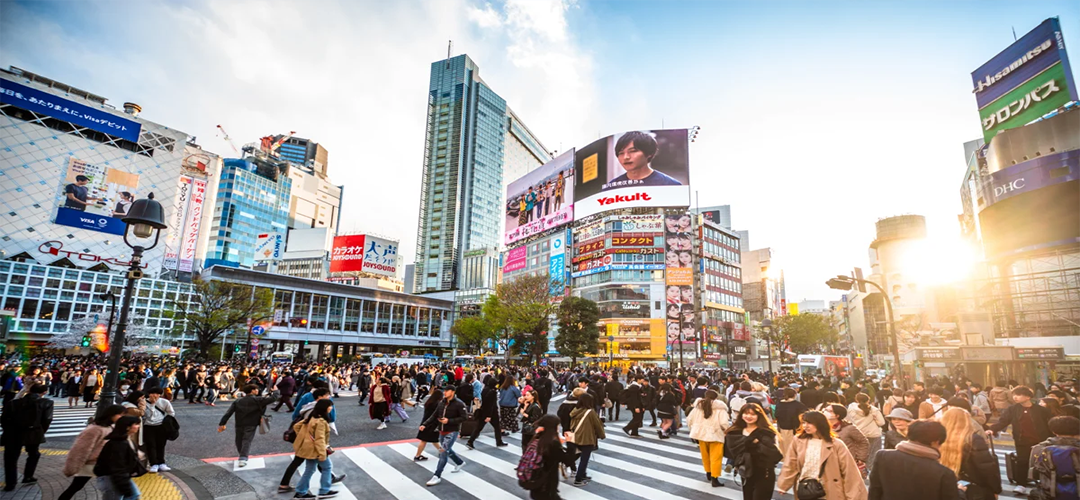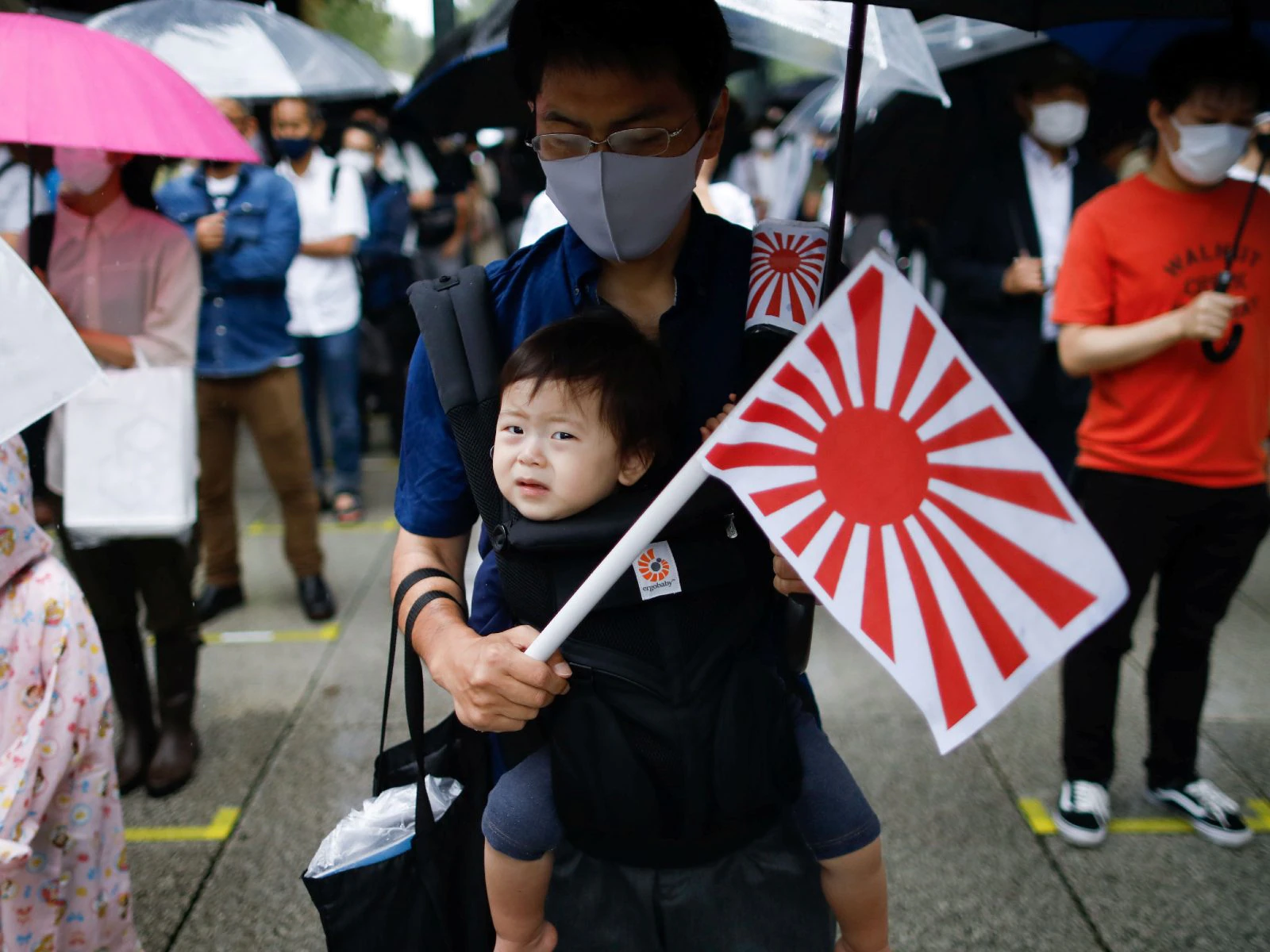Balancing It Out?
January 7, 2023 | Expert Insights

In an effort to stop the population drop in areas out of big cities, the Japanese government is paying one million yen per child to families who relocate outside of greater Tokyo. The incentive, which represents a significant increase over the previous relocation fee of 300,000 yen, will be effective in April as part of a formal initiative to revitalise struggling towns and villages.
Background
According to the policymakers, more should be done to entice individuals to establish new lifestyles in "unfashionable" regions of the nation that have been impacted by population decline, ageing, and the exodus of young people to Tokyo, Osaka, and other major cities. They think more has to be done to reduce the city's population density, even though Tokyo's population decreased for the first time last year—a trend that was partially linked to the coronavirus outbreak.
Families living in Tokyo's 23 "core" wards and the commuter-belt prefectures of Saitama, Chiba, and Kanagawa will be eligible for the payment, which will be in addition to the 3 million yen in financial assistance already available. They must leave the greater Tokyo area to be eligible, though some may be eligible if they relocate to a mountainous region within the city. By fiscal 2027, the government hopes to achieve a balance between the number of people moving into and out of the Tokyo metropolitan area.
This is part of the Digital Garden City Nation initiative, which the Fumio Kishida administration supported. The strategy for the Digital Garden City Nation initiative spans five years, beginning with fiscal 2023.

Analysis
The move encourages people to relocate to regional areas without changing jobs. The strategy, which replaces the current comprehensive strategy for regional revitalisation, lays out precise measures and monetary targets and positions digital technology as a solution to resolving social issues in regional areas. Tokyo expects local governments to put together local versions of the strategy.
According to the draft strategy, by the end of fiscal 2027, there will be 1,500 local governments working on social problem-solving projects, up from about 700 at the end of fiscal 2021. By fiscal 2030, all municipalities in the nation will be involved.
To draw residents to rural areas, the government intends to expand from 893 as of fiscal 2020 to 1,200 by fiscal 2027, the number of local governments engaged in efforts to grow the "associated population," or people who consistently have ties to a certain region.
Families looking for a quick paycheck before returning to the capital, on the other hand, will be disappointed. One household member must be employed or have plans to start a new business and stay in their new home for at least five years, and the money must be returned if the tenant vacates the property before five years. The large grants are intended to encourage families with children under 18 to revitalise areas and relieve pressure on public services and space in greater Tokyo, the world's largest metropolis with a population of about 35 million people.
According to Nikkei Asia, families moving receive 1 million to 3 million yen per household if they meet one of three requirements: employment at a small or midsize company in the area they move to, continuing in their old jobs via remote working, or starting a business in their new home. A family with two children may be eligible for up to 5 million yen after the increased payments are considered. The national government will provide half of the funding, and local municipalities will provide the other half.
The Indian Context
India must act quickly to relieve congestion in its major cities, including Mumbai, Bengaluru, Delhi, and Kolkata. These areas can have better living conditions by building better housing, sprucing up nearby infrastructure, and moving certain enterprises. The FSI (Floor Space Index) could also be improved as a further action. The lowest FSI standards of any major nation are seen in Indian cities. The quality of life will be better if India increases the FSI by a factor of 5 to 10.
Assessment
- The development of environments that make life simpler for those who relocate to rural areas will be encouraged by the government. This strategy should prove attractive for those working online from their homes.
- To be attractive enough to make people move voluntarily, the state has to provide various other amenities besides cash grants- autonomous buses, online medical consultations, better infrastructure in rural areas etc. It has to be a comprehensive systems approach which would entail significant state expenditure. For a developing economy like India, the cost itself would be the limiting factor. A better alternative will be to make employment available in rural areas to slow the influx of migrant workers into urban spaces.








Comments